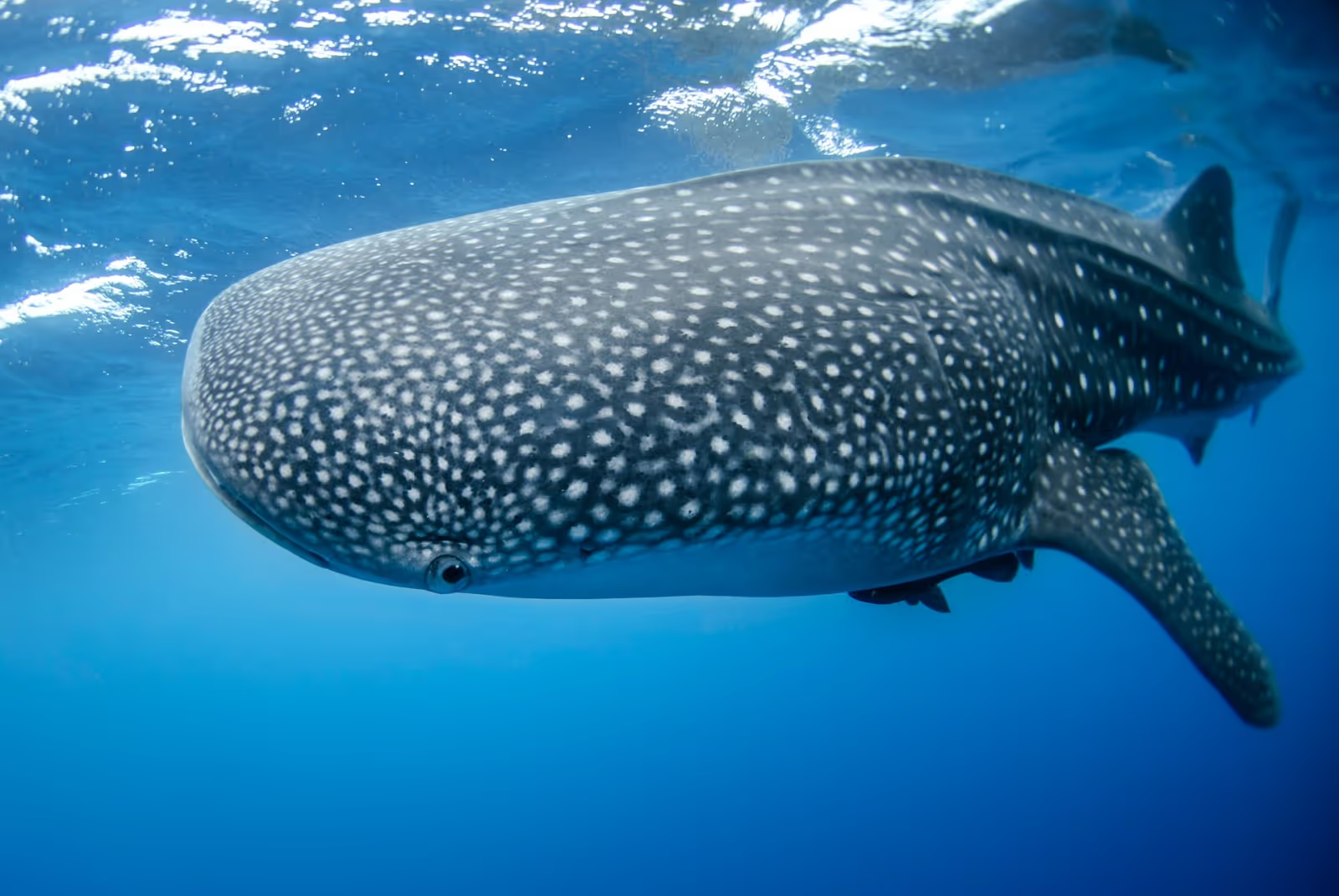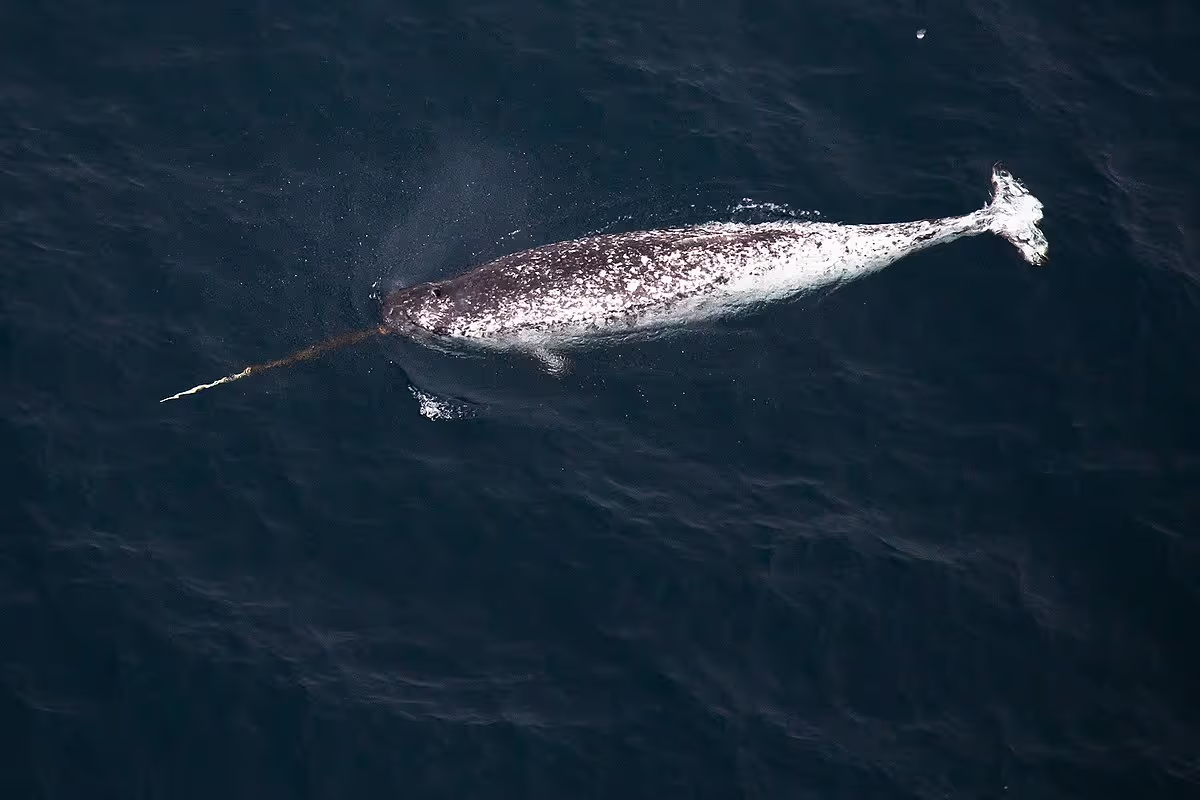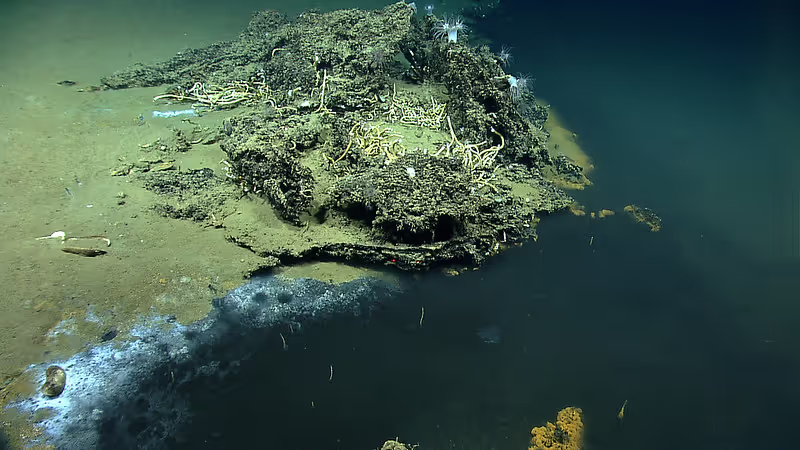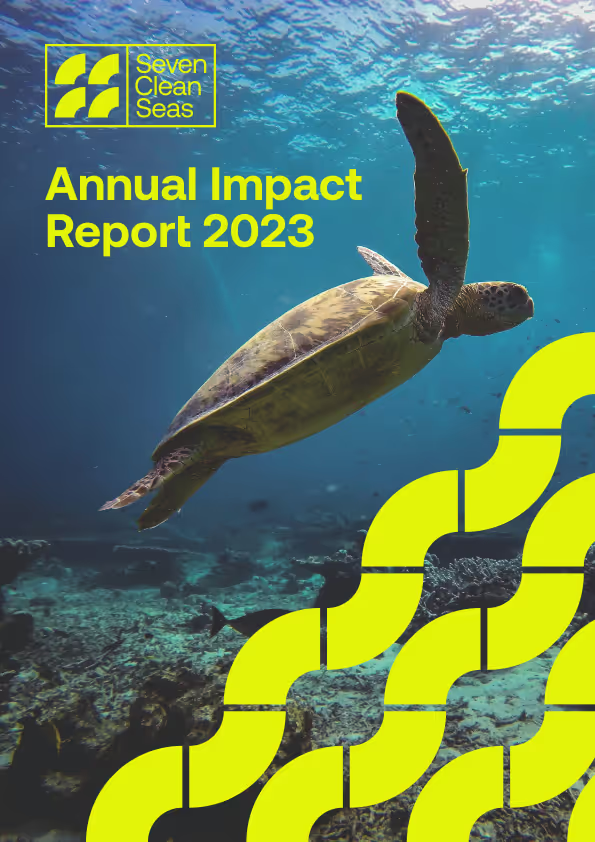What the ocean holds
World Ocean Day is around the corner! Rejoice! This is the moment to celebrate the beauty and importance of the ocean to our planet–to us. Why should we commemorate the ocean? Well, the ocean is basically the lifeblood of our existence. The ocean supplies half of the oxygen we breathe and regulates the climate, fuels the economy with an abundance of resources, and, as the cherry on top, offers a beautiful strange world for us to explore. That should be more than enough reasons to show our gratitude towards the ocean, right?
Here, we will dive deeper to unveil some of the secret that the ocean holds. You may have heard the idea that we know more about the moon than we do about the ocean. This isn’t entirely accurate.
It’s true that we have mapped the entire moon's surface, but we also already have mapped approximately a quarter of the ocean floor–which is three times the area of the moon.
However, the ocean isn’t just about ridges and mountains on the seabed, it is the realm of diverse ecosystems and is predicted to have millions of unidentified species. So, what we currently understand about the ocean is just the tip of the iceberg.
What the f–acts!
Just over 240,000 marine species have been identified and described. That’s an impressive number, you may think. Here’s the mind-blowing part: scientists estimate that the total marine species could reach 2.2 million–which means only a mere 10% of the species have been described. Even among those described species, numerous questions remain unanswered regarding their characteristics. There are so many exciting mysteries to uncover in our ocean. Now, we won’t attempt to list all of them because that would take an eternity. Instead, we’re going to tell some fascinating stuff about the marine realm. Get ready to be amazed as we take a glimpse of the wonders hidden beneath the waves!
1. The majes-teeth of whale sharks and narwhals
You probably already know about whale sharks–the largest living fish that is a shark but not a whale. They can reach 18 meters in length and 20 tons in weight. Even though they are such a Goliath, they mainly feed on tiny plankton. Phew, that’s a relief.

That might sound unsettling... But, those ‘teeth’–called eye denticles–serve as a protective covering against abrasion and mechanical damage due to the absence of eyelids. It’s fascinating how nature finds a way to adapt, huh? Cool and all, but unfortunately, it’s disheartening that this shark species is listed as endangered, and the populations are declining in some regions due to targeted fisheries and bycatch.
Another marine animal with unique teeth is the unicorn of the sea–the narwhal. Now this is a whale. This mammal shares the same family as the beluga whale and lives in the Arctic waters. The tusk protruding from their head is actually an elongated canine tooth!

2. Mermaid’s purse collection
The next fact still comes from the elasmobranch, this cartilaginous fish group comprises of diverse sharks, rays, and skates. This fish group not only differ from true bony fish by their skeletons, but reproductively, they are more similar to mammals. All elasmobranch species practice internal fertilisation by means of inserting the male’s clasper into the female’s cloaca. However, the offspring can be developed through oviparity (laying eggs) or viviparity (live birth).
While you may have seen bird and fish eggs, have you ever seen sharks and skates eggs? Chances are, you might have encountered them, but you don’t recognise them because they look like they came straight out of horror alien movies. These other-worldly-looking eggs are colloquially called mermaid’s purses due to their leathery texture. When the offspring have hatched, the hollow egg cases often wash up on the beach, and their bizarre shapes make people wonder whether a collection of mermaid handbags has emerged from the ocean. These eggs may have distinctive shapes, but they are all for the same purpose: to increase the survival chances of the offspring.

3. Lake under the sea and reef above the land, how come?
Have you ever questioned why there’s a lake under the sea in the SpongeBob show? Well, because there are actually underwater lakes known as brine pools. The pools are highly saline water that accumulates in a basin that is denser than the surrounding ocean, creating a distinct lake-like appearance. Contrary to the one in SpongeBob, these pools are lethal to most organisms due to the high salinity, high concentration of hydrogen sulfide, and anoxic condition. Still, scientists found that microbial species thrive in that extreme environment. This uncharted territory shows how the ocean is filled with secrets waiting to be unravelled.

Karst is a landscape made of limestone, commonly known as chalk or calcium carbonate, which is secreted by marine organisms such as corals. Gosh, how are they out of the water? Earth isn’t exactly the same as it used to be. Its tectonic plates are constantly moving, shaping continents and topography. Over millions of years, tectonic movements elevated the coral reefs above the water and formed new karst ecosystems–also full of life. One life ends, another begins.
Where the future lies
Do you know that the seemingly sessile anemones and scallops can actually swim? Do you know that female anglerfish can be up to 60 times larger than male ones, and the male literally fuses with the female to reproduce? Do you know that there are sponges made out of glass? There are so many more intriguing facts that enchant us and deepen our love towards the ocean.
On average, 2,300 species are discovered each year, meaning it would take almost a thousand years to discover all of them. That’s a long, long way to go.
An initiative called Ocean Census aims to find 100,000 species over the next decade. That’s an ambitious goal, and it’s exciting to see it unfold. However, we’re in a race against time.
By 2030, our planet could experience catastrophic consequences due to climate change and plastic pollution, according to experts. If we don’t halve our carbon emissions, ecosystems could start to collapse, sea levels will rise, and extreme weather will intensify. Meanwhile, plastic pollution is expected to double unless we shift our consumption towards more sustainable choices. Thus, the next decade is undeniably the critical point to take action against the looming threat. Let’s join hands and seize the opportunity during this year's World Ocean Day to protect the enchanting marvel of our world.















